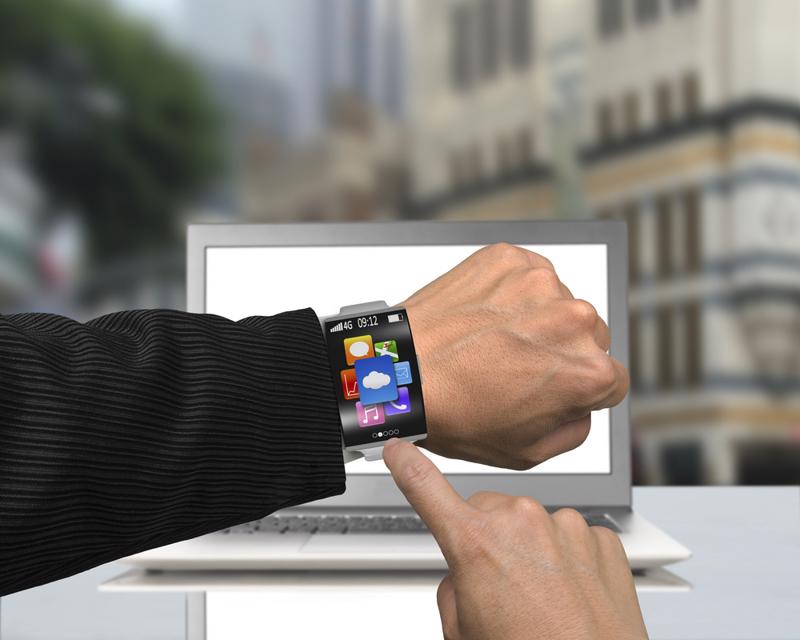OEMs Should Consider Photo Etching For Growing Aluminum Needs

Versatile and lightweight, aluminum has been a popular choice for many OEM applications. It can be a struggle to fabricate precision aluminum parts due to certain properties of the metal. As the demand for small-scale, precision aluminum parts increases, OEMs will have to meet their customers' needs using less conventional ways to manufacture aluminum parts.
"The aluminum market is projected to grow quickly over the next five years."
Aluminum Component Parts In High Demand Across Industries
Research from investment firm Grace Matthews found that the global market for aluminum is projected to grow at a rate of 5.9 percent over the next five years - a big jump from the roughly 3 percent yearly growth the market saw from 1970 to today. The main reason is that OEMs in clean energy, electronics and telecommunications are looking for ways to reduce product weight and achieve precise tolerances without sacrificing durability. Aluminum components are increasingly effective options.
This need for lightweight and durable component parts coincides with the trend toward micromanufacturing. Many products are getting lighter and smaller. As part of the expanding Internet of Things, for example, consumer goods are starting to incorporate miniscule microelectronic devices that enable Wi-Fi and RF communication.
 Consumer electronics are just one industry that will require precision aluminum micro parts in greater numbers than ever before.
Consumer electronics are just one industry that will require precision aluminum micro parts in greater numbers than ever before.Photo Etching Has Distinct Advantages In Precision Aluminum Part Fabrication
At such a small scale, precision is necessary. Conventional fabricating processes may impart undesirable effects, such as burrs and mechanical deformation from stamping and punching and heat affected zones from laser, plasma or wire EDM.
Even etching can run into problems with aluminum. It's reactive and oxidizes quickly, becoming a catalyst for the etching reaction. Over the years, we've developed equipment and process metrics that help us control the etching process and deliver consistent, high-quality results reliably.
Etching is a benign process that chemically dissolves unneeded material. There is no cutting or "brute force" and there is no heat-intensive work. The hottest part of the process reaches about 125℉ - about the same temperature as a dishwasher. The aluminum is materially unaffected by the fabrication process and the final parts come out within the specified tolerance.
Here are some other benefits to working with a photo etcher for your aluminum needs:
- The process creates no fumes or dust, so it's safe for workers and machines.
- No burrs, recast layers or mechanical deformations.
- Parts are made simultaneously - your costs don't increase dramatically just because the batch size increases.
- Design changes are simple and inexpensive. With a new CAD file and $300 or less for new tooling, we can quickly adapt to new designs.
- For sheets over .005" thick, minimum dimensional tolerances will be +/- 15% of metal thickness.
- Aluminum specialists. We've devoted decades to honing our aluminum etching processes. Other etching companies come to us for their aluminum needs.
If you need complex aluminum parts, call us at 800-443-5218 or email your designs to us at sales@conardcorp.com and see how etching can solve your trickiest design problems.

